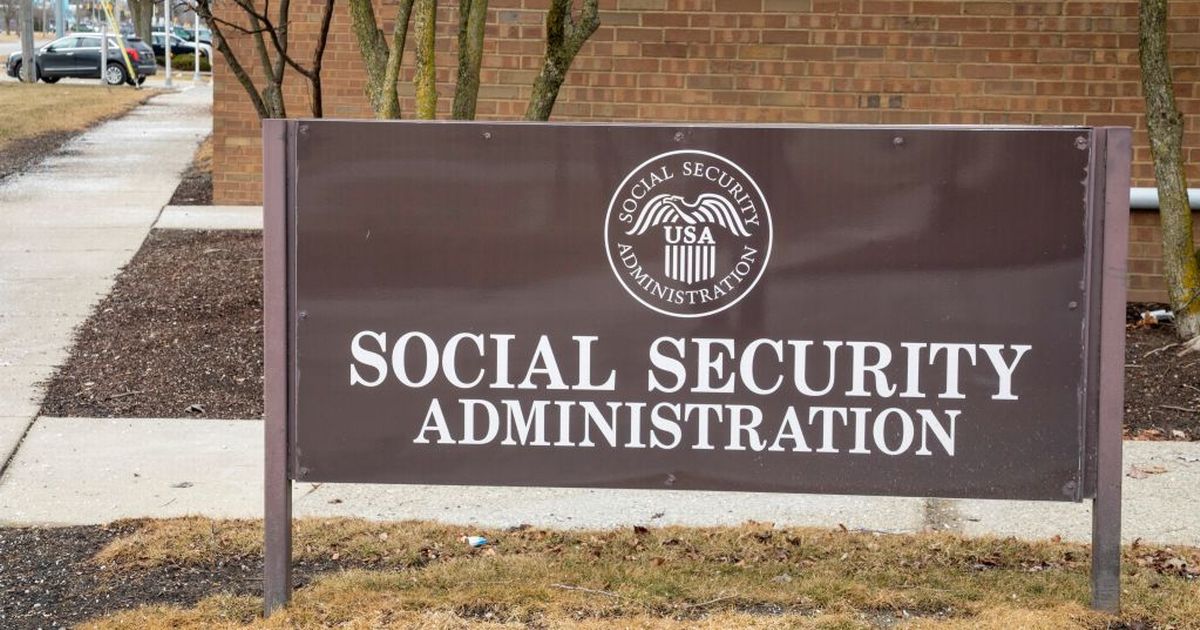The Social Security Administration (SSA) plays a vital role in providing financial support to millions of Americans. Understanding the Social Security payment schedule is crucial for beneficiaries to manage their finances effectively. This article focuses on the expected $2,000 Social Security payment scheduled for March 26, 2025, and provides essential information regarding payment schedules, potential benefit increases, and other relevant updates.
Social Security payments are a lifeline for retirees, individuals with disabilities, and surviving family members. Keeping abreast of any changes or updates ensures that beneficiaries can plan accordingly and avoid any financial disruptions. With recent legislative changes and ongoing adjustments to payment schedules, staying informed is more important than ever.
This article will delve into the specifics of the March 26 payment, examine recent changes to Social Security benefits, and provide clarity on how these updates may affect beneficiaries. By understanding the details of the payment schedule and recent legislative actions, recipients can better navigate their financial planning and ensure they receive the support they are entitled to.
March 26 Social Security Payment Schedule
For many Social Security recipients, the payment schedule for 2025 remains consistent. Beneficiaries expecting their payments on Wednesday, March 26, 2025, can be confident that their checks will arrive on time. This regularity allows recipients to plan their finances without unnecessary stress.
It’s important to note that the exact timing of payments can depend on the type of benefit received and when the recipient initially applied. Those who applied before May 1997 typically receive their payments on the 3rd of each month, or the preceding business day if the 3rd falls on a weekend. This ensures that even long-time beneficiaries receive their funds promptly.
According to AS.com, individuals who retired as of January 2025 can expect to receive approximately $2,000, although this amount is subject to taxes, potentially resulting in a net payout of around $1,978. Those who retired before this date receive an average monthly payment of $1,580, while surviving family members of deceased recipients receive an average of $1,546 each month. These figures highlight the varying levels of support provided based on individual circumstances.
Understanding these nuances ensures that beneficiaries have a clear expectation of when and how much they will receive, enabling them to manage their budgets effectively and meet their financial obligations with confidence.
Early SSI Payments in March
The last batch of payments for March includes those for Supplemental Security Income (SSI) beneficiaries, who received their checks a day earlier than usual. This adjustment is due to the standard procedure of paying SSI recipients early when the regular payment date falls on a weekend or holiday.
Typically, SSI payments are disbursed at the beginning of each month. However, when the 1st of the month falls on a weekend, the payment is moved to the preceding business day. In March 2025, March 1 was a Saturday, which led the SSA to issue the payment on Friday, February 28. This practice ensures that SSI recipients receive their funds without delay.
This marks the fourth consecutive month that SSI payments have been distributed earlier than usual, with December 2024, January 2025, and February 2025 also beginning on non-working days. This pattern underscores the SSA’s commitment to ensuring timely payments, regardless of calendar constraints.
It’s important to note that SSI operates differently from regular Social Security payments, functioning on an as-needed basis. This distinction means that SSI eligibility and payment amounts are determined by the recipient’s current income and resources, providing a safety net for those with the greatest financial need.
Benefit Boost for Public Service Workers
The Social Security Administration has announced that over 3.2 million beneficiaries, including former public service workers such as teachers, firefighters, and police officers, will soon see an increase in their benefits. This boost is a result of recent legislative changes aimed at providing fairer treatment for those who dedicated their careers to public service.
Most eligible recipients can expect a one-time retroactive payment by the end of March, with new monthly payments starting in April. This retroactive payment covers the period between the legislative change and the implementation of the updated payment amounts, ensuring that beneficiaries receive the full value of their entitled benefits.
This adjustment comes after the Social Security Administration declared it would begin processing these retroactive payments immediately and distribute increased monthly payments to those affected by the now-repealed Windfall Elimination Provision (WEP) and Government Pension Offset (GPO). These provisions were part of the bipartisan Social Security Fairness Act, signed into law last year by former President.
The repeal of the WEP and GPO is a significant victory for public service workers who previously saw their Social Security benefits reduced due to their government pensions. This change reflects a commitment to recognizing and supporting the contributions of these essential members of society.
Final Thoughts on Social Security Payments
Understanding the Social Security payment schedule, particularly the expected payments on March 26, 2025, is essential for beneficiaries to manage their finances effectively. The regularity of these payments provides a stable foundation for retirees, individuals with disabilities, and surviving family members.
Recent legislative changes, such as the Social Security Fairness Act, have brought significant improvements to the system, particularly for public service workers who previously faced reduced benefits due to the Windfall Elimination Provision and Government Pension Offset. These changes reflect a broader effort to ensure fairness and equity in the distribution of Social Security benefits.
As the Social Security Administration continues to roll out these updates, it is crucial for beneficiaries to stay informed and take proactive steps to manage their benefits wisely. By creating budgets, planning for taxes, and seeking financial advice, recipients can maximize the value of their payments and secure their financial future.
In conclusion, Social Security remains a vital safety net for millions of Americans. By understanding the intricacies of the system and staying abreast of any changes, beneficiaries can confidently navigate their financial planning and ensure they receive the support they are entitled to.

Leave a Reply